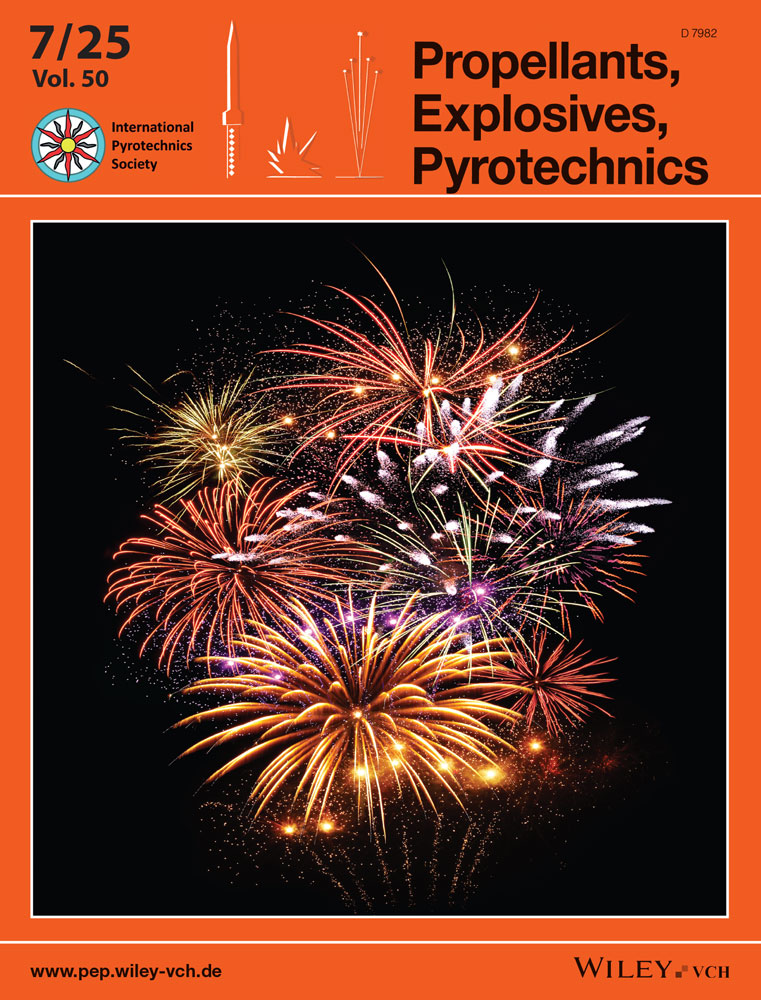Assessing the Thermal Safety of Fuze Based on Cook-off Tests and Numerical Simulations
Funding: This work was supported by the National Natural Science Foundation of China (NSFC 11802273, 12372368), National Key Laboratory of Land and Air-Based Information Perception and Control (No. A424003), National Key Laboratory of Energetic Materials, and the Natural Science Foundation of Shanxi Province (202303021211142).
ABSTRACT
To quantitatively characterize the response levels in fuze cook-off tests, a strain-based pressure sensor incorporating a steel bar was designed to measure pressure in high-temperature environments. This design is based on one-dimensional elastic wave theory and aims to provide accurate and reliable pressure measurements under extreme thermal conditions. The cook-off test is conducted to obtain the pressure history curve of the fuze bottom output during the booster burning response process. The heat conduction model and Arrhenius equation were developed to investigate the temperature distribution within the fuze under different heating rates. The results indicate that as the heating rate decreases, the ignition region of the explosive gradually shifts from the outer edges at both ends toward the central area of the explosive. Simultaneously, the ignition temperature of the charge progressively increases, leading to a rise in the output pressure of the fuze.
Open Research
Data Availability Statement
The authors have nothing to report.




